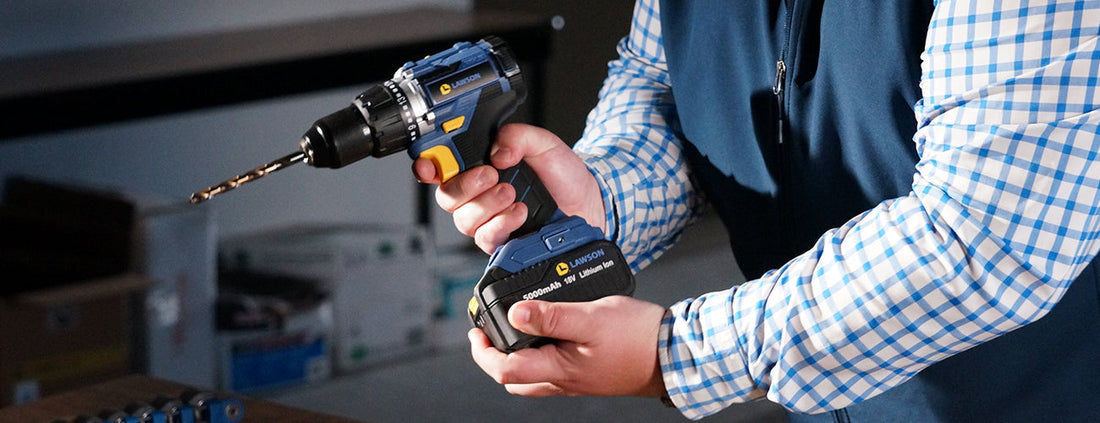
How to Maintain Your Tools: Daily Upkeep to Prolong Equipment Life
Regular maintenance habits will keep your tools working longer, safer, and more efficiently for years.
The right tools are an expensive investment—whether you’re outfitting a full workshop from scratch or replacing them as they wear out. But regular maintenance can significantly lengthen the lifespan of your tools, reduce costly downtime, and keep your team safe.
1. Tool Storage is Half the Battle
Tools are most vulnerable to damage when they’re left lying around or stored in unsafe conditions. Consider the following elements of tool storage:
• Dry storage: Ensure tools are stored in dry, clean areas to prevent rust or corrosion.
• Toolboxes or cabinets: Using a toolbox or organized cabinet will keep tools secure, prevent damage from falling, and reduce exposure to dirt or moisture.
• Hanging tools: Consider hanging larger tools on pegboards or hooks to minimize the chance of damage.
• Avoid overcrowding: Tools crammed together can result in scratches, dents, or even breakage.
2. Make Regular Cleaning a Habit
Dust, dirt, and grime are the enemies of your tools. Even simply wiping down your tools after use can prevent rust from forming.
• Hand tools: Wipe off any dirt, sawdust, or debris after each use.
• Power tools: Remove any dust or debris from vents or blades regularly.
• Rust prevention: Apply a thin layer of oil to metal tools after cleaning.
• Lubrication: Regularly lubricate gears or blades to ensure smooth operation.
3. Sharp Tools, Safe Shop
Keeping saws, blades, knives, and drill bits sharp is essential for performance and safety.
• Honing and sharpening: Regularly hone blades to maintain their sharpness.
• Power tool blades: Replace dull or chipped blades to prevent overheating and ensure consistent performance.
4. Battery Care is Essential
Many tools run on rechargeable batteries. Keeping these batteries in good shape is critical for prolonging the tool’s life.
• Avoid overcharging: Unplug the charger once the battery is fully charged.
• Store at the right temperature: Keep batteries in a cool, dry place.
• Clean battery contacts: Wipe contacts regularly to prevent corrosion.
5. Check for Loose or Worn Parts
A loose screw or worn belt can cause significant damage to your tool’s performance. Regular checks can catch issues before they become major problems.
• Hand tools: Tighten loose screws, bolts, or handles and replace worn grips.
• Power tools: Inspect power cords for fraying and check for visible damage.
• Moving parts: Regularly inspect gears, levers, and other moving components.
Once you establish these everyday habits, the next priority is to create a schedule for regular inspections, cleaning, and repairs. Stay tuned for Part 2 for tips on how to build this into your workflow.
